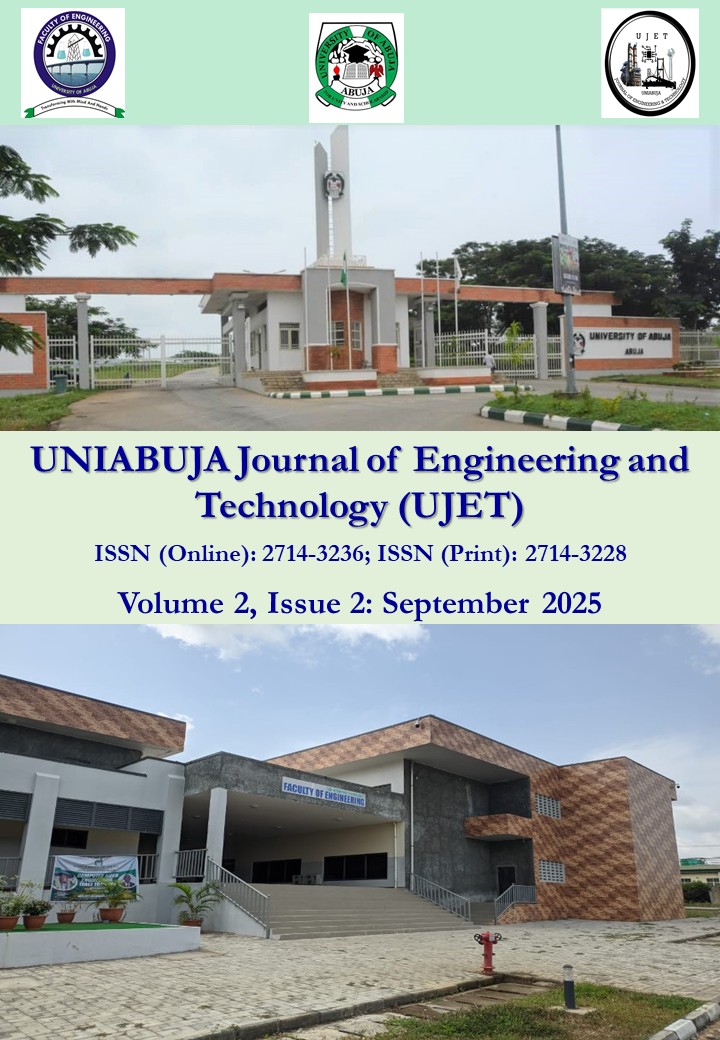Characterization of Raw Laggera aurita as an Adsorbent (RLAA) and Its Adsorption Mechanism for the Water-Soluble Fraction of Benzene (WSFB) in Oil-Spill Affected Waters from the Niger Delta Region
Keywords:
Laggera aurita adsorbent, adsorption mechanism, oil spilled water, water soluble fraction of benzeneAbstract
The persistent contamination of the Water-Soluble Fraction of Benzene (WSFB) in Niger Delta drinking water, caused by inadequate remediation technologies and delayed cleanup efforts, highlights the need for cost-effective and sustainable adsorbents derived from agricultural waste. These materials are promising due to their functional groups, which can effectively bind pollutants. This study explores the characterization and adsorption potential of raw Laggera aurita-based adsorbent (RLAA) for removing WSFB from aqueous solutions. RLAA was prepared by pretreatment with deionized water (DI) and size reduction. It was then characterized using FTIR, SEM, EDXRF, BET, and XRD. FTIR analysis identified key functional groups (O-H/N-H, C-H, C=O, C=C, C-O-C, and M-O) that facilitate WSFB adsorption through multiple mechanisms, including π-π stacking, π-complexation, Lewis acid-base interactions, hydrogen bonding, and hydrophobic adsorption. SEM revealed a porous fibrous structure with a heterogeneous granular surface and hierarchical pore network, featuring abundant mesopores and interconnected macroporous channels that enhance benzene adsorption via pore accessibility and surface chemistry. EDXRF analysis detected significant concentrations of K: 2.3702%, Ca: 2.0643%, and Cl: 1.3820%, along with alkaline earth metals Mg: 0.048%, Sr: 0.00815%, Ba: 0.00815% and transition metals Fe: 0.038%, Mn: 0.0088%, W: 0.0226%, Ni: 0.0032%, Cu: 0.0009%, Zn: 0.002626%. These elements enhance basic sites and π-complexation, strengthening WSFB adsorption through π-electron interactions. XRD analysis confirmed RLAA’s defect-rich nanocrystalline mesostructure (dA = 1.81 Å, FWHM = 0.17°, Decay = 0.9), indicating high accessibility (mesopores), strong binding (defect sites), and thermal stability (uniform crystallites), making it a promising adsorbent for benzene removal.
Downloads
Published
How to Cite
Issue
Section
License
Copyright (c) 2025 UNIABUJA Journal of Engineering and Technology (UJET)

This work is licensed under a Creative Commons Attribution-NonCommercial-ShareAlike 4.0 International License.
